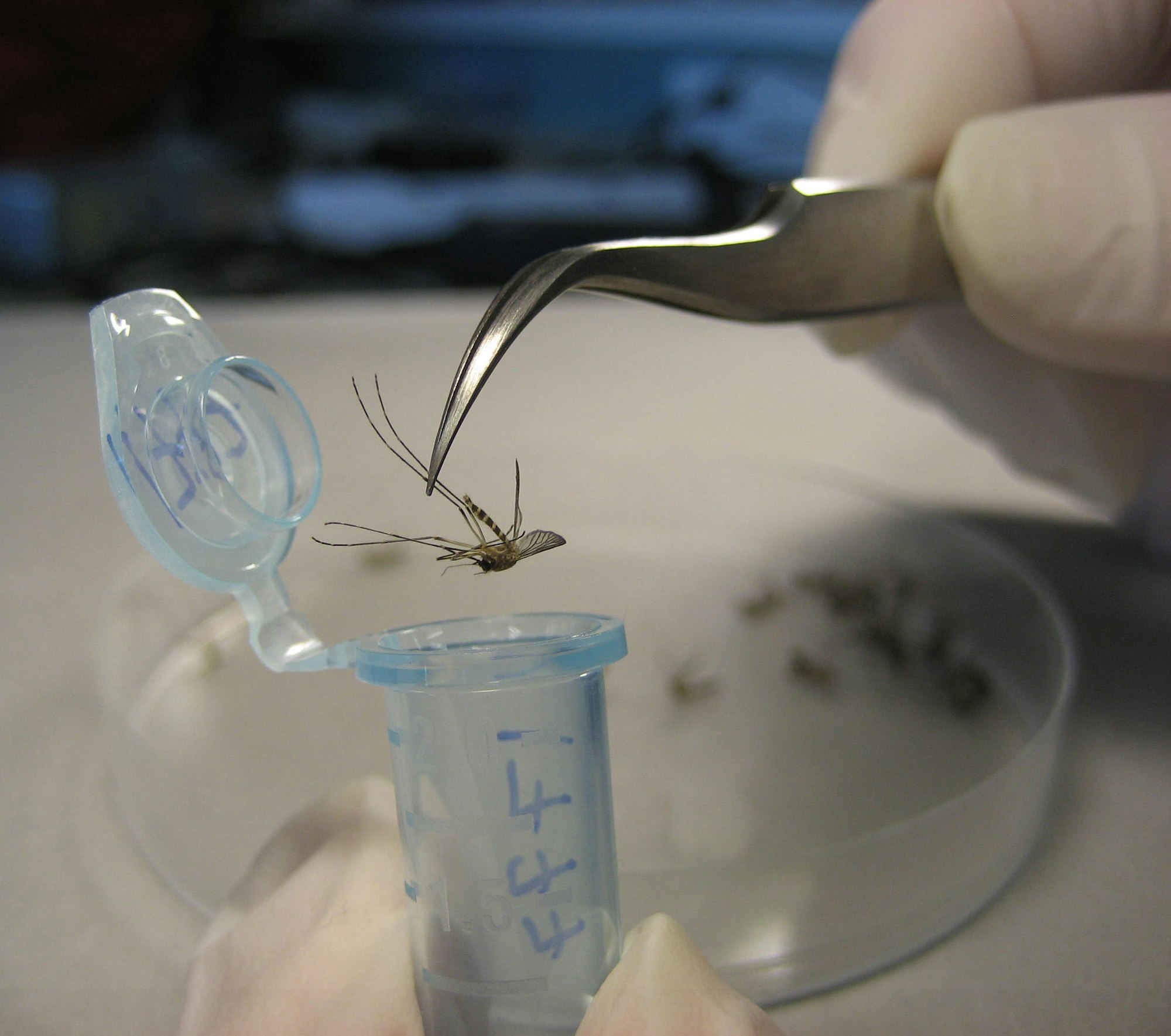Vector Control Office

The role of the Vector Control office at Lake County, Indiana Health Department is crucial in preventing and managing vector-borne diseases. Here are some key responsibilities and functions typically carried out by our vector control office:
1. Surveillance and Monitoring: The office monitors the population and distribution of disease vectors (such as mosquitoes, ticks, and rodents) within the county. This involves collecting data on vector populations, disease prevalence, and environmental factors that influence vector habitats.
2. Vector Control Operations: Implementing and coordinating strategies to control vector populations. This includes:
- Vector Surveillance: Using traps, surveys, and other methods to monitor vector populations and identify disease outbreaks.
- Vector Reduction: Implementing control measures such as larviciding (treating water bodies where mosquitoes breed), adulticiding (spraying insecticides to kill adult mosquitoes), and habitat modification to reduce breeding sites.
- Integrated Pest Management (IPM): Using a combination of biological, chemical, and environmental control methods to manage vector populations while minimizing risks to human health and the environment.
3. Public Education and Outreach: Conducting educational campaigns to raise awareness about vector-borne diseases, their prevention, and the role of the community in vector control. Providing information on personal protection measures like using insect repellents and wearing protective clothing.
4. Collaboration and Coordination: Working with other agencies, local governments, community organizations, and health professionals to develop and implement vector control strategies. This includes coordinating responses to disease outbreaks and sharing information on emerging threats.
5. Research and Innovation: Conducting or supporting research on vector biology, control methods, and the effectiveness of interventions. Innovating new approaches to vector control that are sustainable and effective in local conditions.
6. Emergency Response: Responding promptly to vector-borne disease outbreaks or environmental emergencies that could affect public health. This includes mobilizing resources, conducting rapid assessments, and implementing control measures to mitigate the impact.
Overall, the vector our control office plays a critical role in safeguarding public health by preventing the transmission of vector-borne diseases and reducing the risk of outbreaks through comprehensive surveillance, control measures, education, and collaboration with stakeholders.
